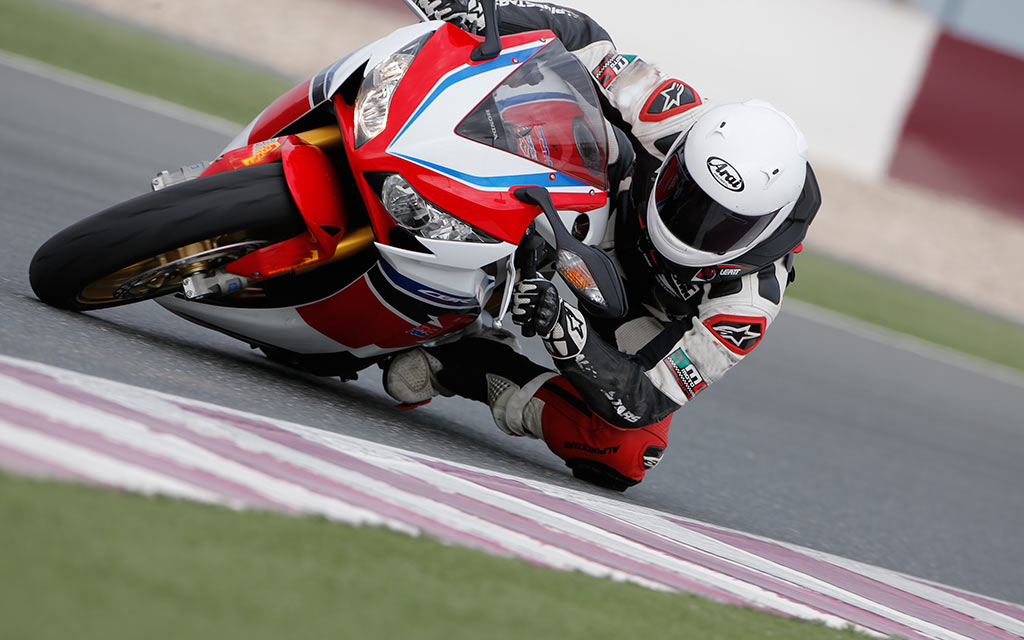All Categories
Featured
Table of Contents
The Michelin provided a comfortable driving experience, qualified by receptive steering and a progressive understeer equilibrium. Regardless of the cooler testing conditions, Michelin's regular time and hold over three laps indicates its viability for real-world applications.
The tyre's first lap was a second slower than the 2nd, aiming to a temperature-related hold rise. For day-to-day usage, the Michelin might be a much safer bet.
Tyre Packages
It shared Michelin's secure understeer equilibrium yet lacked the latter's desire to turn. Continental and Goodyear's efficiencies were noteworthy, with Continental's brand-new PremiumContact 7 showing a considerable enhancement in wet conditions contrasted to its precursor, the PC6. This version was far much less sensitive to fill changes and acted much like the Michelin, albeit with somewhat less interaction at the restriction.
It incorporated the safe understeer equilibrium of the Michelin and Continental with some flashy handling, verifying both foreseeable and quick. As an all-rounder for this Golf GTI, Goodyear's Crooked variety was the standout, demonstrating outstanding performance in the wet. The Bridgestone Potenza Sport took the crown as the fastest tire, albeit by a small margin.
This tyre got grippier as it warmed up, comparable to the Yokohama. Motorists looking for an exciting damp drive may locate this tire worth thinking about. The standout performer in damp stopping was the newest tire on examination, the PremiumContact 7, though the outcomes are nuanced. We conducted wet braking tests in 3 different means, two times at the brand-new state and when at the used state.
Discount Car Tyres Near Me – Bayswater 6052 WA
Preferably, we wanted the cool temperature test to be at around 5-7C, yet logistical hold-ups suggested we examined with a typical air temperature level of 8C and water at 12C. While this was cooler than common test problems, it was still warmer than real-world conditions. The warm temperature test was done at a standard of 18C air and 19C water.
The 3rd run entailed damp braking examinations on used tyres, especially those machined to 2mm with a little altercation. While we meant to do even more with these worn tires, climate constraints restricted our screening. It's worth noting that damp stopping is most crucial at the used state, as tires typically boost in dry problems as they use.

Bridgestone, Goodyear, and Michelin saw the least efficiency decrease when worn. The Hankook tire registered the smallest efficiency decrease as temperatures cooled down, however it was among the most influenced when worn.
Best Tyre Packages – Bedford
The take-home message here is that no solitary tyre excelled in all elements of damp stopping, showing a complicated interplay of elements influencing tire efficiency under various problems. There was a standout tire in aquaplaning, the Continental finished top in both straight and bent aquaplaning, with the Michelin and Goodyear likewise very good in deeper water.

Yokohama might take advantage of somewhat more grip, a concern possibly influenced by the cooler conditions. As for taking care of, all tyres done within a 2% array on the lap, demonstrating their top notch performance (Tyre installation). Nevertheless, considering these tires basically target the very same consumer, it interests observe the considerable distinctions in feeling.
The surprise is due to the fact that the PremiumContact 6 was one of my favourites for flashy completely dry drives, however its successor, the PremiumContact 7, appears elder and looks like Michelin's efficiency. Amongst these, Hankook was the least accurate in guiding and communication at the restriction. Car tyre fitting. Both Michelin and Continental used charming first guiding, albeit not the fastest
If I were to advise a tire for a fast lap to a beginner, claim my father, it would certainly be one of these. Then we have the 'fun' tires, namely Yokohama and Bridgestone. Both were quick to steer and really felt sportier than the others, however the trade-off is a more lively rear end, making them much more tough to manage.
Honest Tyre Performance Near Me
It gave comparable steering to Bridgestone yet provided far better responses at the limitation and much better hold. The Bridgestone Potenza Sport, nevertheless, appeared to weaken quite rapidly after just 3 laps on this demanding circuit. There's Goodyear, which placed itself somewhere between the enjoyable tires and those often tending towards understeer.
Altogether, these tyres are exceptional performers. For roadway usage, I would certainly lean towards either the Michelin or Goodyear, depending upon your details preferences. In regards to tyre wear, the approach made use of in this test is what the sector describes as the 'gold requirement' of wear. The wear experts at Dekra conducted this examination, which involved a convoy of vehicles going across a thoroughly prepared path for 12,000 kilometres.
Both the Bridgestone and Yokohama tires considerably underperformed in contrast to the other four tyres in terms of rolling resistance, with Continental slightly outperforming the remainder. Concerning the comfort level of the tyres, as prepared for, many showed an inverted connection with handling. The Continental, Michelin, and Goodyear tires carried out ideal across numerous surface types evaluated.

Bridgestone began to show indicators of firmness, while Yokohama was particularly disconcerting over pits. We did measure internal sound levels; nevertheless, as is frequently the situation, the outcomes were closely matched, and due to weather restraints, we were unable to conduct a subjective assessment of the tires noise. We looked at abrasion figures, which determine the quantity of tire step lost per kilometre, normalised to a one-tonne car.
Honest Tyre Fitting Near Me – Bedford
This figure stands for the amount of rubber dirt your tyres produce while driving. Michelin led in this category, creating over 9% less rubber particulate issue.
Latest Posts
Tyre Inspections Near Me (Beechboro WA)
Leading Tyre Installation Near Me – Stirling
Affordable Tyre Fitting Services Near Me